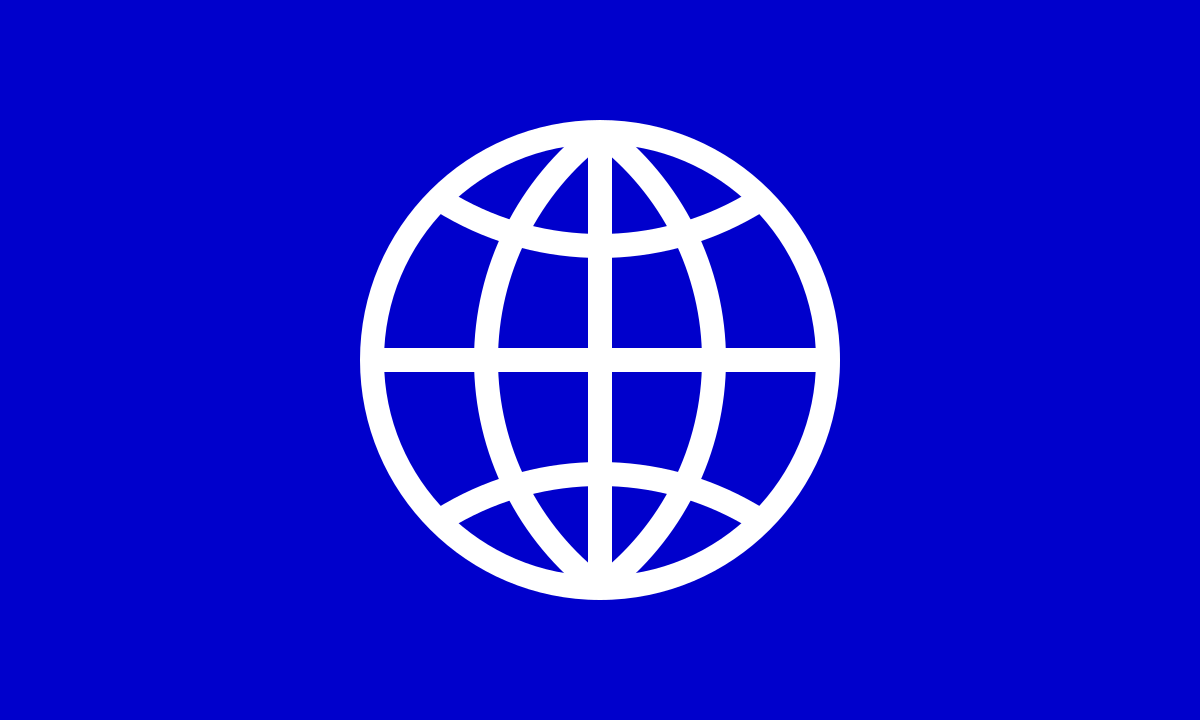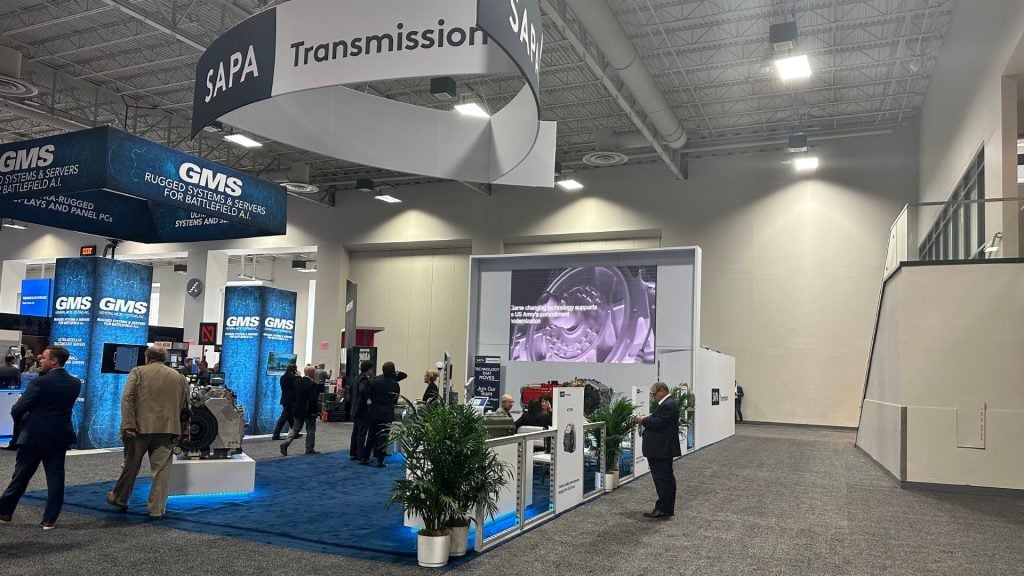
Introduction
Trade show exhibits are bustling hubs of activity where businesses vie for the attention of potential clients and partners. Amidst this competition, the importance of effective pre-show design strategies cannot be overstated.
These strategies are crucial for building anticipation, ensuring maximum impact, and setting the stage for a successful trade show experience. In this blog, we’ll explore various pre-show design strategies that can help businesses stand out and make a lasting impression.
1. Understanding the Importance of Pre-Show Strategies:
Setting the Stage for Success: Pre-show design strategies are about more than just the booth. They encompass all the preparatory work that goes into creating an engaging and memorable presence at the trade show.
- Creating Buzz: Generating excitement and anticipation before the event can draw more visitors to your booth.
- Strategic Planning: A well-thought-out pre-show plan ensures that all elements of your presence are aligned and optimized for impact.
Aligning with Marketing Goals: Pre-show strategies should align with your overall marketing goals and objectives.
- Brand Awareness: Enhance brand visibility and recognition.
- Lead Generation: Attract and engage potential leads to fill your sales pipeline.
- Customer Engagement: Strengthen relationships with existing clients and attract new ones.
2. Key Pre-Show Design Strategies:
Developing a Strong Theme:
Consistency in Messaging: Choose a theme that reflects your brand’s identity and resonates with your target audience.
- Visual Cohesion: Ensure that all design elements, from promotional materials to booth graphics, adhere to this theme.
- Messaging: Develop clear, concise messaging that communicates your key value propositions.
Interactive Elements: Incorporate interactive elements in your pre-show communications to engage your audience.
- Surveys and Polls: Use online surveys and polls to gather insights and build engagement.
- Social Media Challenges: Create social media challenges or contests related to your theme to generate buzz.
Creating Teasers and Sneak Peeks:
Build Curiosity: Share sneak peeks and teasers of what attendees can expect at your booth.
- Teaser Videos: Create short, engaging videos showcasing highlights of your booth or special activities.
- Behind-the-Scenes Content: Share behind-the-scenes content of your booth setup and preparation.
Utilize Multiple Channels: Leverage various marketing channels to distribute your teasers.
- Email Campaigns: Send teaser emails to your subscriber list.
- Social Media: Use platforms like LinkedIn, Twitter, and Instagram to share teasers and build anticipation.
3. Engaging Pre-Show Promotions:
Exclusive Invitations:
Personalized Outreach: Send personalized invitations to key prospects and clients.
- VIP Invitations: Offer exclusive VIP invitations to select attendees, providing them with special access or perks.
- Event Reminders: Follow up with reminders as the event approaches to keep your booth top-of-mind.
Early Bird Offers: Incentivize early engagement with special offers.
- Discounts and Promotions: Offer pre-show discounts or promotions to attendees who register or engage early.
- Exclusive Previews: Provide exclusive previews of new products or services to early respondents.
Leveraging Social Media:
Create a Countdown: Use social media to create a countdown to the event.
- Daily Posts: Share daily posts with fun facts, teaser content, and exciting updates.
- Hashtags: Develop a unique event hashtag to encourage attendee interaction and monitor engagement.
Interactive Content: Engage your audience with interactive content.
- Live Q&A Sessions: Host live Q&A sessions on platforms like Instagram or Facebook to answer questions and generate interest.
- User-Generated Content: Encourage followers to share their excitement and tag your brand for a chance to be featured.
4. Effective Pre-Show Communication:
Clear and Consistent Messaging:
Unified Branding: Ensure all pre-show communications are on-brand and convey a consistent message.
- Design Templates: Use design templates for emails, social media posts, and other communications to maintain visual consistency.
- Core Messaging: Develop core messaging points that all communications should include.
Engaging Content: Create content that informs, excites, and engages your audience.
- Informative Blogs and Articles: Write blog posts or articles that provide valuable insights related to the trade show theme or your industry.
- Infographics and Visuals: Use infographics and visual content to convey information in an easily digestible format.
Leveraging Email Marketing:
Segmented Campaigns: Segment your email list to send targeted campaigns.
- Personalized Content: Tailor content to different segments based on their interests and past interactions with your brand.
- Pre-Event Updates: Send regular updates leading up to the event, including speaker announcements, session highlights, and logistical information.
Call to Action: Include clear calls to action in your emails.
- Register Now: Encourage recipients to register for the event or specific sessions.
- Visit Us: Invite them to visit your booth and participate in special activities or demonstrations.
Conclusion:
Building anticipation through strategic pre-show design is essential for maximizing impact at trade show exhibits. By developing a strong theme, creating engaging teasers, leveraging multiple marketing channels, and maintaining consistent communication, businesses can generate excitement and attract a larger audience to their booths.
These efforts not only enhance brand visibility and engagement but also set the stage for a successful trade show experience, driving lead generation and fostering lasting connections with attendees. Embracing these strategies ensures that your presence at the trade show is not only noticed but also remembered.


 Global
Global Europe
Europe

